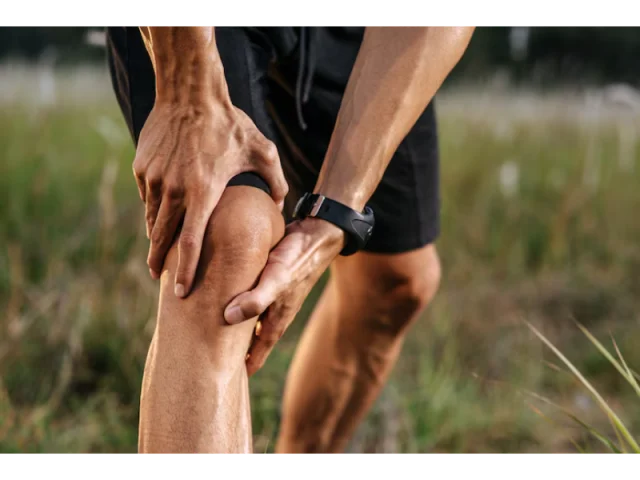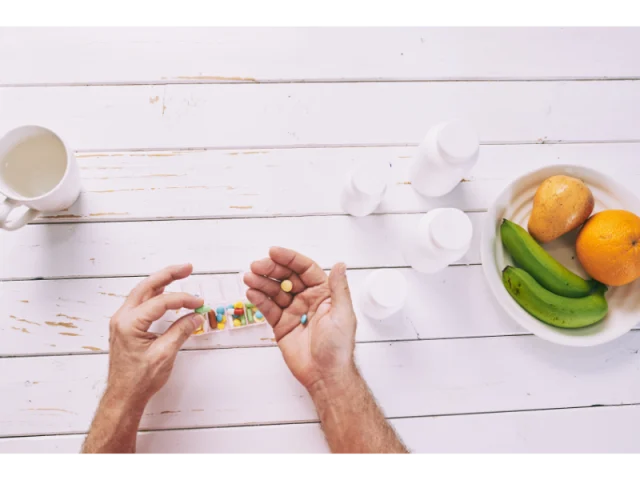An ankle sprain is common and it slows daily life. The right approach speeds recovery. In this guide, I answer “Ankle Sprain and How Long Does It Take to Heal?” from a clinical view. I outline symptoms and diagnostic steps. I clarify treatment options and expected recovery time. Finally, I list practical actions to prevent recurrence.
Table of Contents
- What Is an Ankle Sprain?
- Common Causes
- Symptoms and Diagnosis
- How Long Does It Take to Heal?
- Treatment Options
- Recovery Care and Do’s
- Tips for Athletes
- Recommendations by Dr. Özgür Oktay Nar
- Conclusion
- Frequently Asked Questions
What Is an Ankle Sprain?
An ankle sprain is a soft tissue injury that occurs when the ligaments of the joint are forced beyond their normal range of motion. This can result in ligament stretching, partial tears, or complete rupture. In most cases, sprains involve the lateral ligaments because inward twisting of the foot puts these structures under stress.
In orthopedics and traumatology, sprains are generally classified into three grades:
- Grade 1: Mild stretching and microscopic fiber damage.
- Grade 2: Partial ligament tear with moderate swelling and tenderness.
- Grade 3: Complete ligament rupture with significant instability.
Accurate diagnosis is made through clinical examination and, if necessary, imaging methods.
Common Causes
When the foot loses alignment, ankle ligaments face excessive tension. The joint twists suddenly and the ligaments strain. Inversion primarily stresses the lateral complex. Pain, swelling, and loss of function then follow quickly.
Main Triggers
- Uneven surfaces: Gravel, curbs, and turf make the foot slip suddenly.
- Inappropriate footwear: Loose laces and high heels reduce stability.
- Insufficient warm-up: Cold tissues tolerate load poorly.
- Fatigue: Muscles react late and control declines.
- Contact sports: Football, basketball, and volleyball demand quick cuts and jumps.
- Prior sprain: Weakened ligaments invite recurrence.
Risk Factors
- Flexibility–strength imbalance: Weak peroneals leave the lateral side unprotected.
- Poor proprioception: You perceive ankle position late and correct late.
- Anatomical variation: High arches (pes cavus) shift load laterally.
- Worn gear: Flattened soles and low-cut shoes reduce support.
In short, surface, footwear, and preparation habits shape the outcome. Choose proper shoes, never skip warm-ups, and add strength–balance drills to routine care.
Symptoms and Diagnosis
When the ankle twists, the body reacts immediately. Pain starts first and makes walking difficult. Swelling follows quickly because blood vessels send fluid and immune cells to the injured area. As a result, pressure rises inside the joint and motion becomes limited.
With more severe sprains, bruising becomes clear. Damaged vessels leak blood into the tissue and cause color changes. This discoloration usually begins as blue–purple. During recovery, it shifts to yellow–green tones.
Clinical Signs
- Localized pain that worsens with weight bearing
- Rapid swelling
- Bruising and skin discoloration
- Restricted range of motion
- Sensation of instability
During diagnosis, the physician first takes a detailed history. Then they examine the joint and test ligament integrity. This process determines the injury grade clearly. If in doubt, X-ray rules out bone fracture. MRI offers a better view of ligament damage.
Early and accurate diagnosis speeds recovery. Because the right treatment begins without delay. This reduces complications and shortens the return-to-sport timeline.
How Long Does It Take to Heal?
Recovery time depends on the severity of the injury. Mild sprains usually heal within 1–2 weeks. Moderate sprains may take 3–6 weeks. Severe ligament injuries can require 8–12 weeks or more.
Starting proper treatment early shortens this timeline. Because prompt care reduces swelling and speeds tissue repair. In addition, adequate rehabilitation strengthens muscle–ligament coordination and lowers recurrence risk.
Knowing the factors that influence recovery is crucial. Injury severity, age, overall health, and treatment compliance determine the duration. For example, younger and active individuals recover faster thanks to stronger muscle support.
Estimated Recovery Times
- Grade 1: 7–14 days
- Grade 2: 21–42 days
- Grade 3: 56–84 days (sometimes 12+ weeks)
In short, the answer to “How long does an ankle sprain take to heal?” depends on the person and the injury level. However, early diagnosis, correct treatment, and regular exercise always shorten recovery.
Treatment Options
Treating an ankle sprain correctly shortens recovery and prevents permanent damage. The treatment plan depends on the severity of the injury. Therefore, an orthopedic evaluation is the first essential step. After that, conservative methods or surgical interventions come into play.
Conservative (Non-Surgical) Methods
For mild to moderate sprains, the following approaches work effectively:
- RICE protocol: Rest, Ice, Compression, and Elevation.
- Supportive brace or splint: Reduces stress on the ligaments.
- Pain relievers and anti-inflammatory drugs: Ease pain and swelling.
- Physical therapy: Restores muscle strength and joint range of motion.
Surgical Options
Severe ligament ruptures or chronic instability require surgical repair. The surgeon repairs or reconstructs the ligaments. Then, rehabilitation begins to restore muscle–ligament balance.
Avoid rushing the process. Returning to sports too soon increases the risk of re-injury. Always get medical clearance before resuming intense activities.
Recovery Care and Do’s
Taking the right steps during recovery not only speeds healing but also reduces the risk of another sprain. Therefore, post-treatment care matters as much as treatment itself. The tips below make the recovery journey safer and more effective.
1. Regular Movement and Controlled Exercise
Focus on rest during the first days, but start light exercises as swelling decreases. Immobility weakens muscles and stiffens the joint.
2. Balance and Proprioception Training
Strengthening ankle muscles is important, but improving balance is equally vital. Single-leg stance, balance board drills, and light hopping help achieve this goal.
3. Proper Footwear
Use supportive shoes with firm soles. During sports, choose ankle-hugging models with non-slip outsoles.
4. Correct Timing of Cold and Heat Therapy
Apply cold packs during the first 48 hours to reduce swelling. Then switch to heat to boost circulation and accelerate healing.
5. Keep Up with Medical Check-Ups
Even when symptoms fade, attend follow-ups. Returning to sports before full ligament healing increases re-injury risk.
Remember, recovery care is as crucial as treatment itself. Regular exercise and protective measures ensure a healthy return.
Tips for Athletes
For athletes, ankle health is a cornerstone of performance. Therefore, applying protective measures during both training and competition is essential. The tips below reduce sprain risk and speed up recovery for active individuals.
1. Regular Balance and Strength Training
Add balance board drills and single-leg squats to your training program. This approach enhances muscle–ligament coordination.
2. Proper Warm-Up and Cool-Down
Perform at least 10 minutes of dynamic warm-up before a game. Afterward, cool down with light stretching and walking.
3. Use of Protective Support
If you have a history of sprain, wear an elastic bandage or brace during practice. This method provides extra stability.
4. Controlled Return-to-Play Plan
Gradually increase intensity when returning after an injury. This allows ligaments to adapt to load safely.
For athletes, the “prevention before performance” approach minimizes injuries. Consistent care and mindful training ensure long-term success.
Recommendations by Dr. Özgür Oktay Nar
Orthopedics and traumatology specialist Dr. Özgür Oktay Nar strongly emphasizes the importance of early intervention in ankle sprains. According to him, taking the right steps within the first 24 hours significantly shortens recovery time.
Dr. Nar always provides a personalized treatment plan for his patients. After determining the injury grade, he designs a rehabilitation program that matches the patient’s lifestyle and sports habits. This approach ensures a safe and effective recovery process.
In addition, Dr. Nar advises against returning to sports as soon as the pain subsides. He stresses the need for full ligament healing and restored muscle strength before resuming intense activities. This strategy minimizes the risk of re-injury.
Conclusion
Ankle health plays a vital role in daily quality of life and sports performance. Early diagnosis, correct treatment, and consistent care speed recovery and reduce the chance of re-injury. Additionally, balanced nutrition and regular exercise strengthen ligament resilience.
Remember, there is no single answer to the question “Ankle Sprain and How Long Does It Take to Heal?” because every case is unique and treatment must be tailored. Therefore, never ignore the symptoms and seek expert advice promptly.
For more orthopedic and sports health content, click here to read our other articles.
Frequently Asked Questions
1. What causes an ankle sprain?
Uneven surfaces, poor footwear, insufficient warm-up, fatigue, and previous injuries are the most common causes of ankle sprains.
2. How long does an ankle sprain take to heal?
Mild sprains usually heal in 1–2 weeks, moderate sprains in 3–6 weeks, and severe ligament injuries in 8–12 weeks.
3. What should I do immediately after a sprain?
Follow the RICE protocol during the first 48 hours: rest, ice, compression, and elevation. Consult an orthopedic specialist as soon as possible.
4. When can I return to sports after a sprain?
Return to sports only after medical clearance, when pain and swelling subside, and muscle strength is fully restored.
5. How can I prevent another sprain?
Add balance exercises to your routine, wear proper footwear, and always warm up before physical activity.

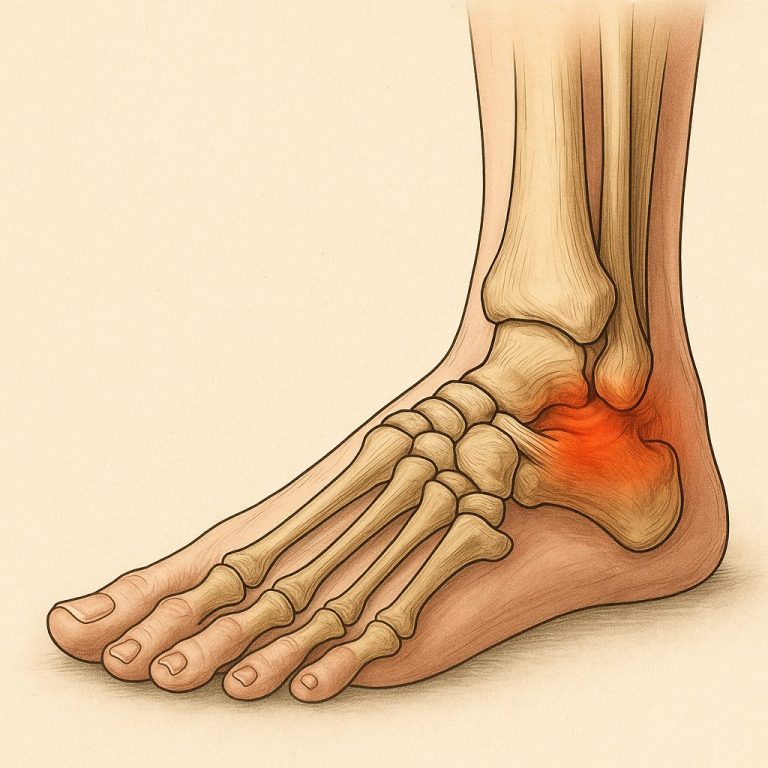

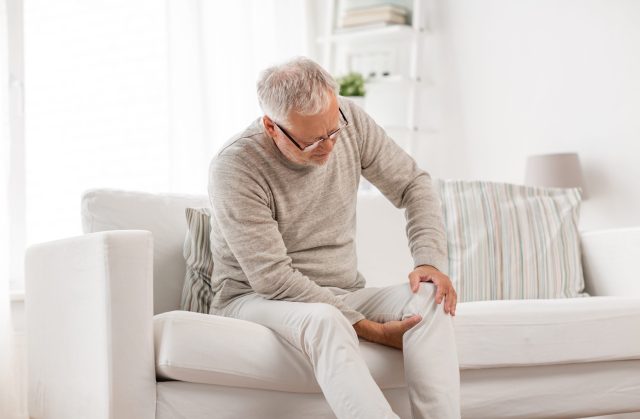







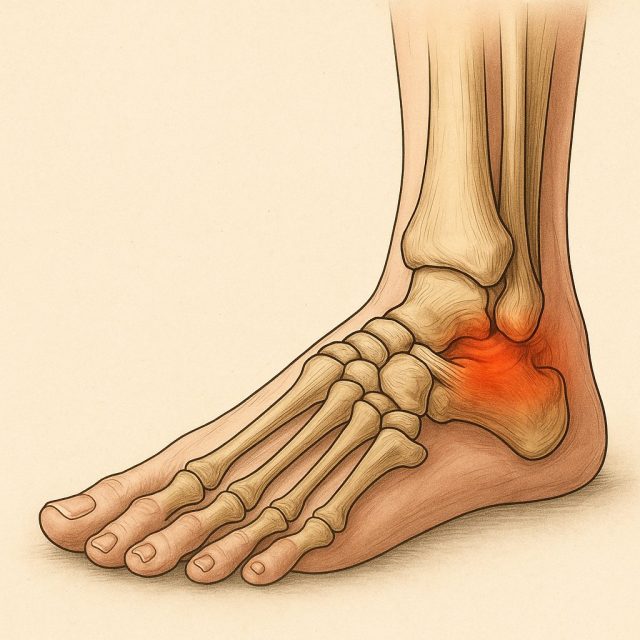

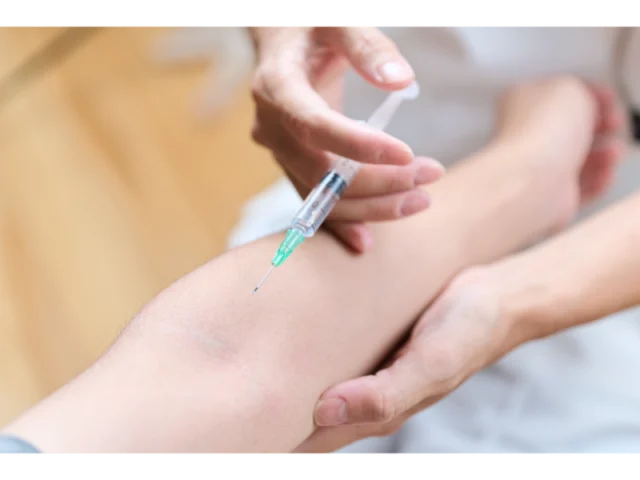
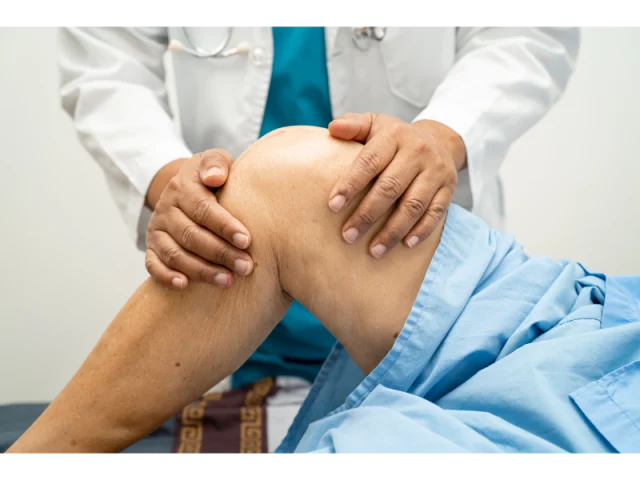
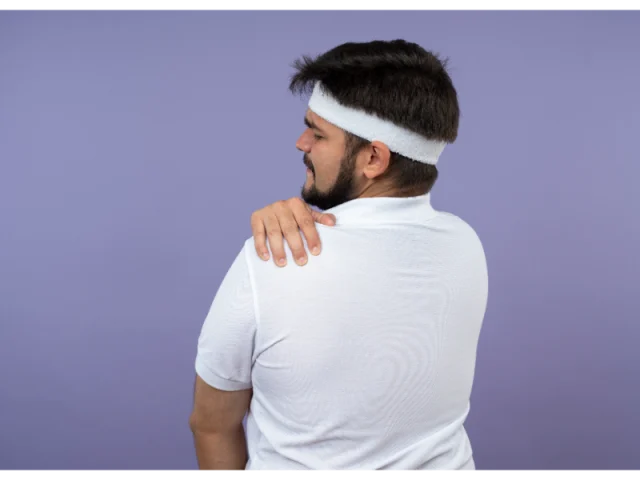







 Youtube Videos
Youtube Videos


